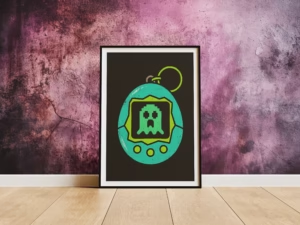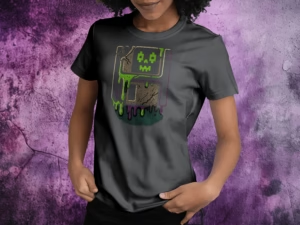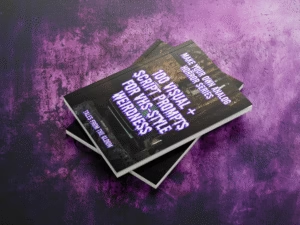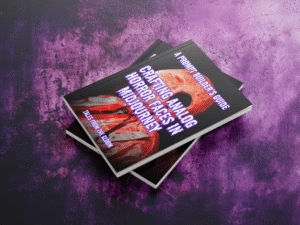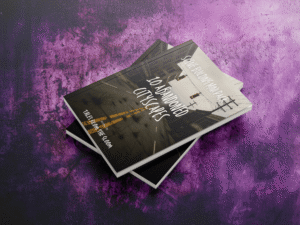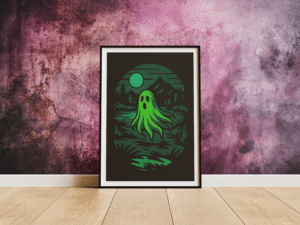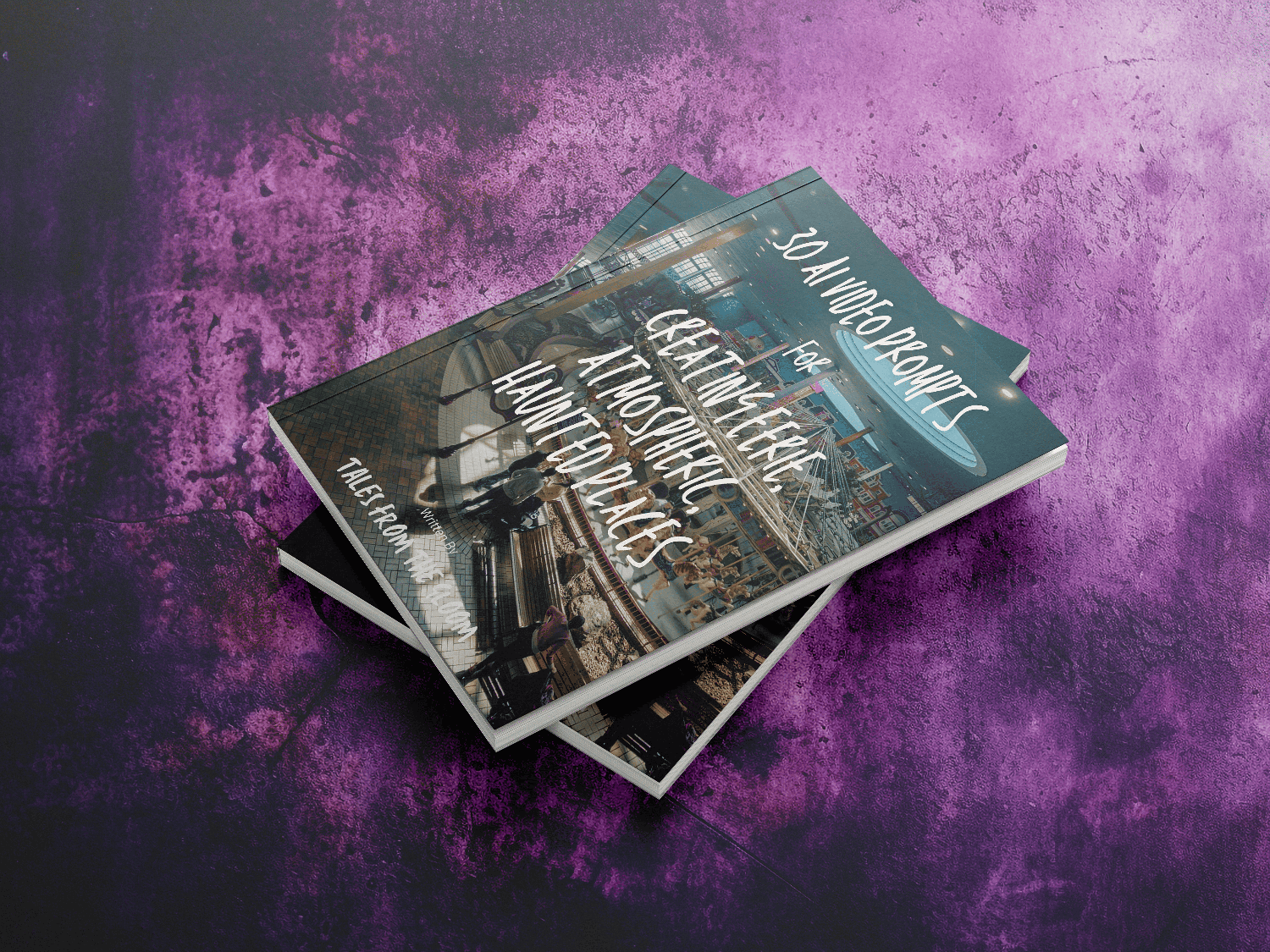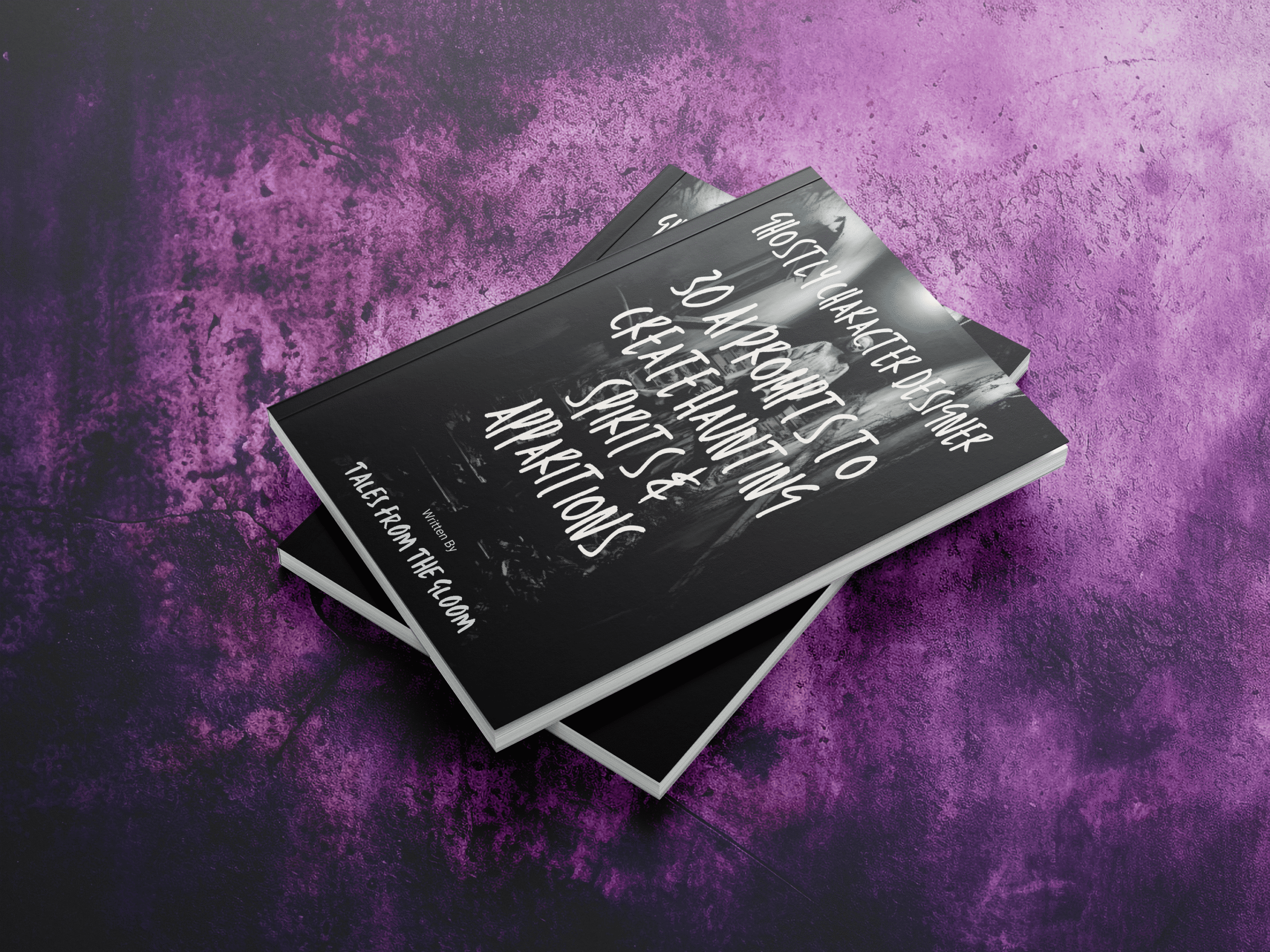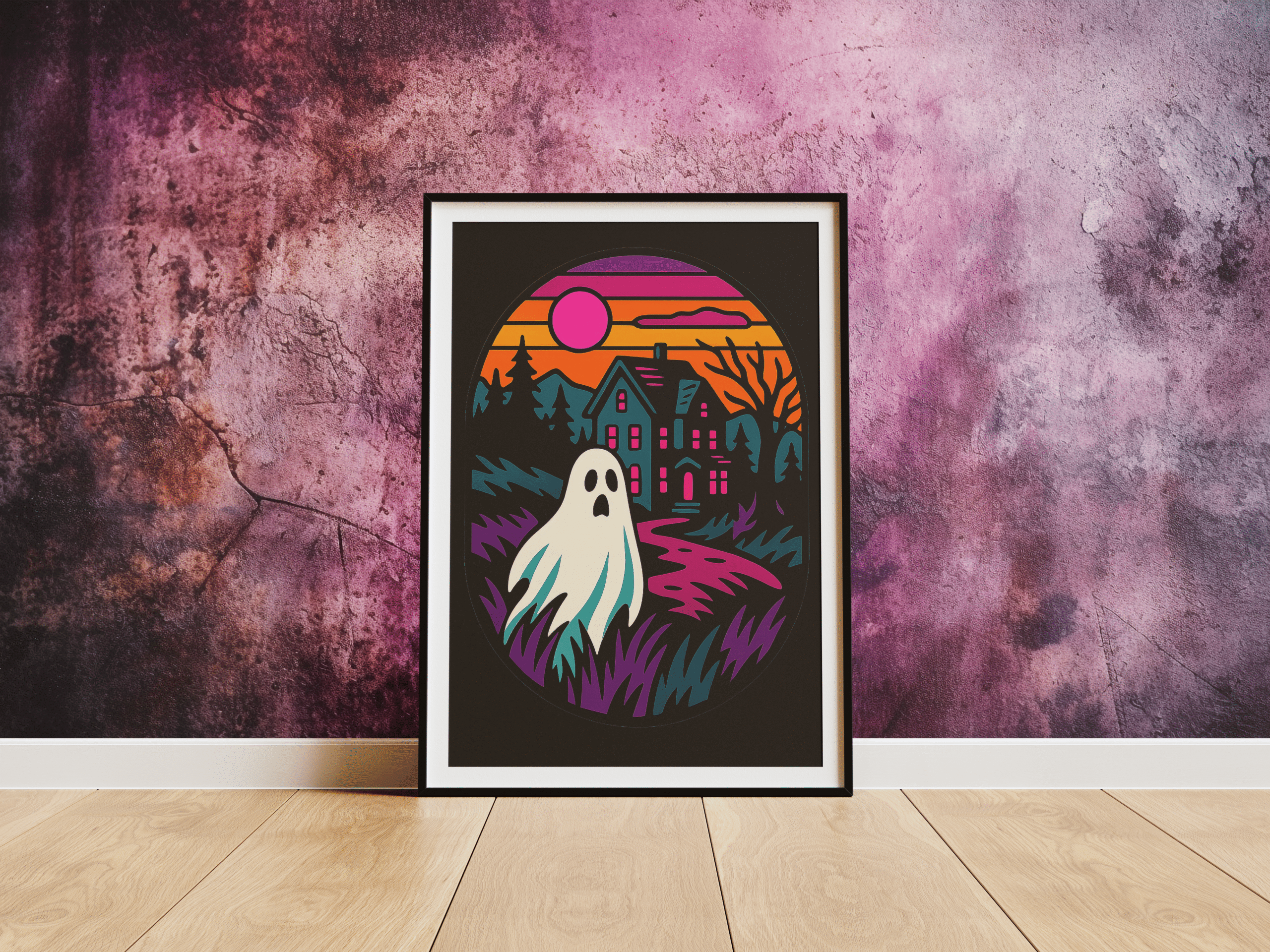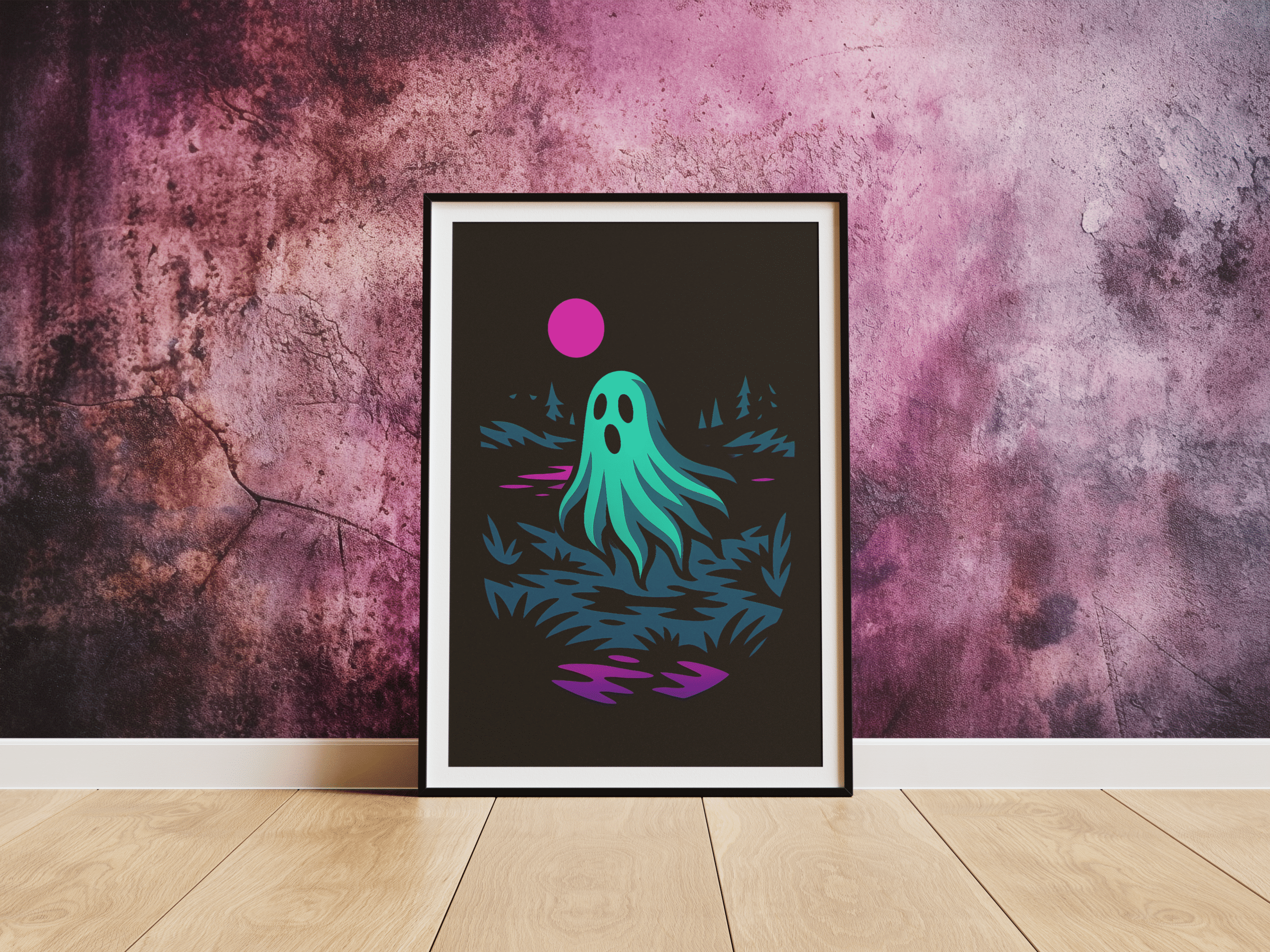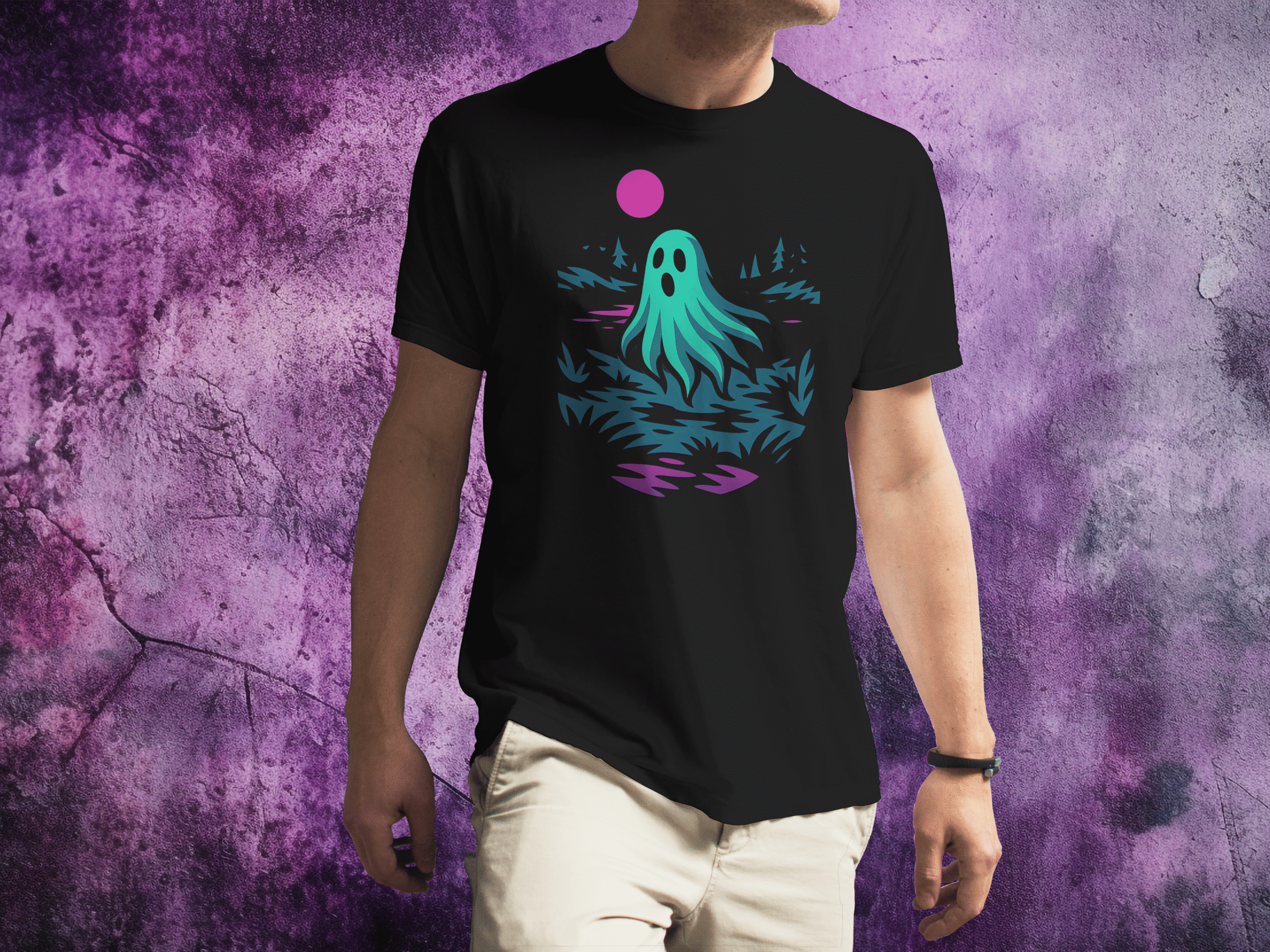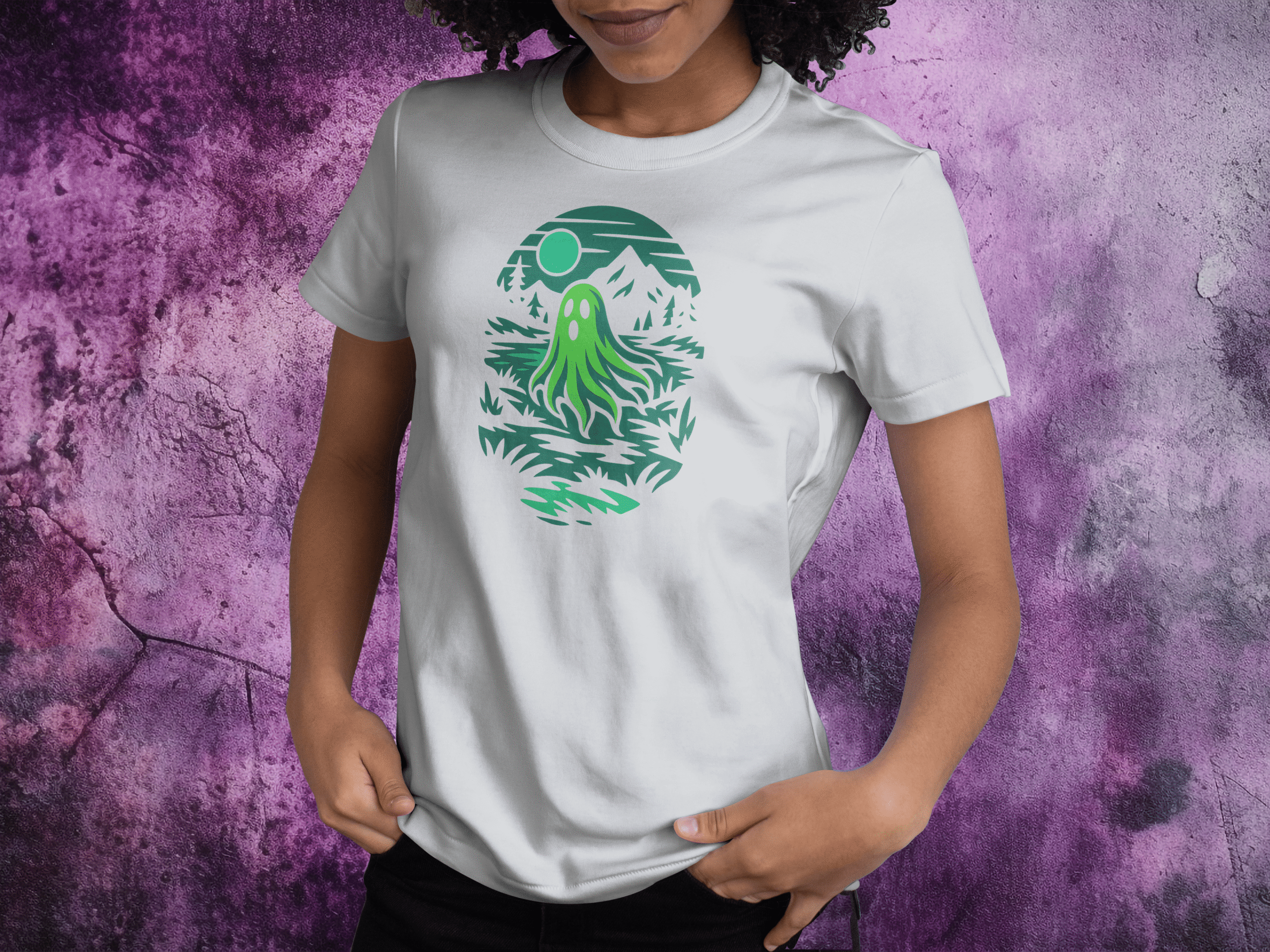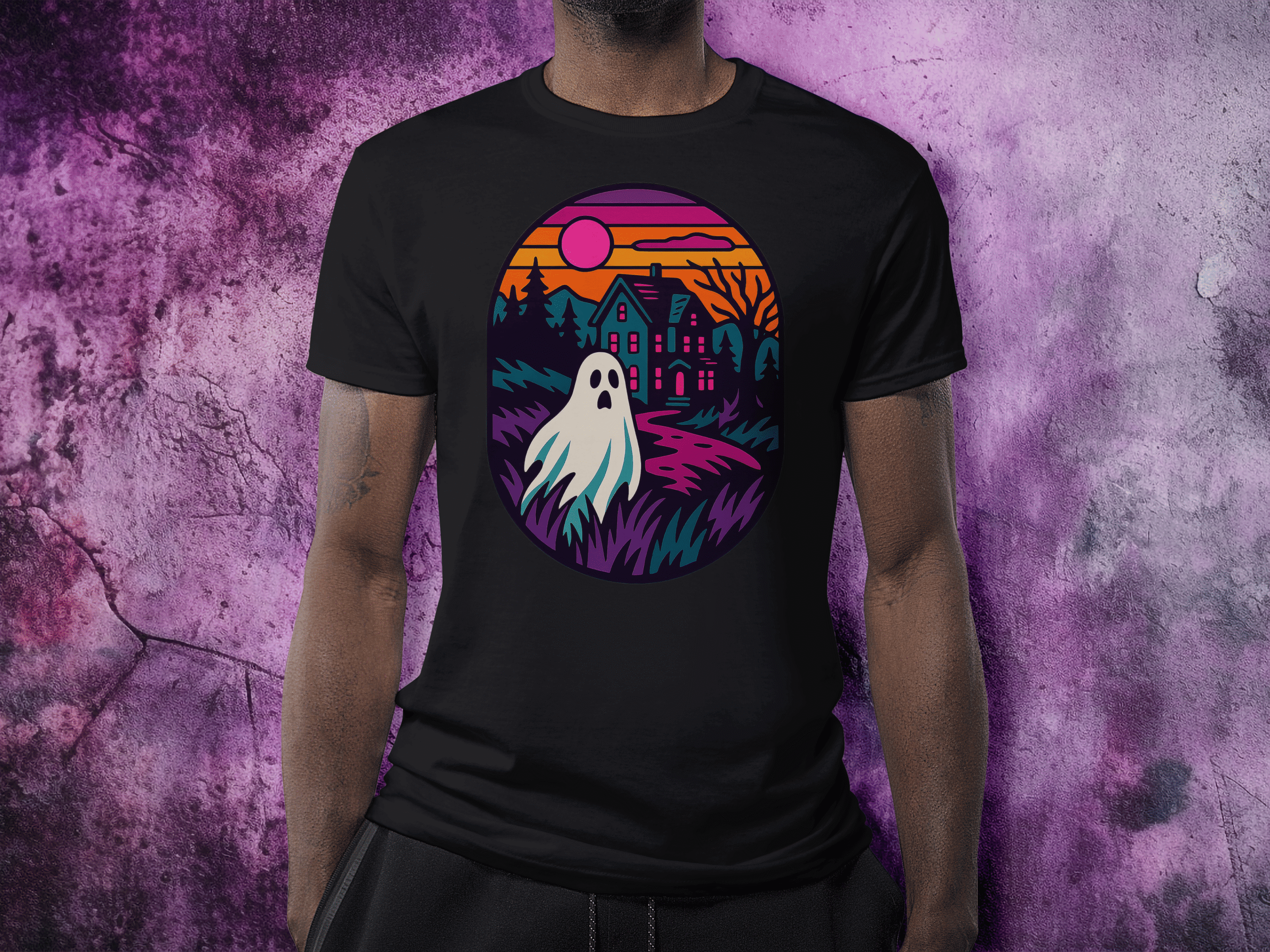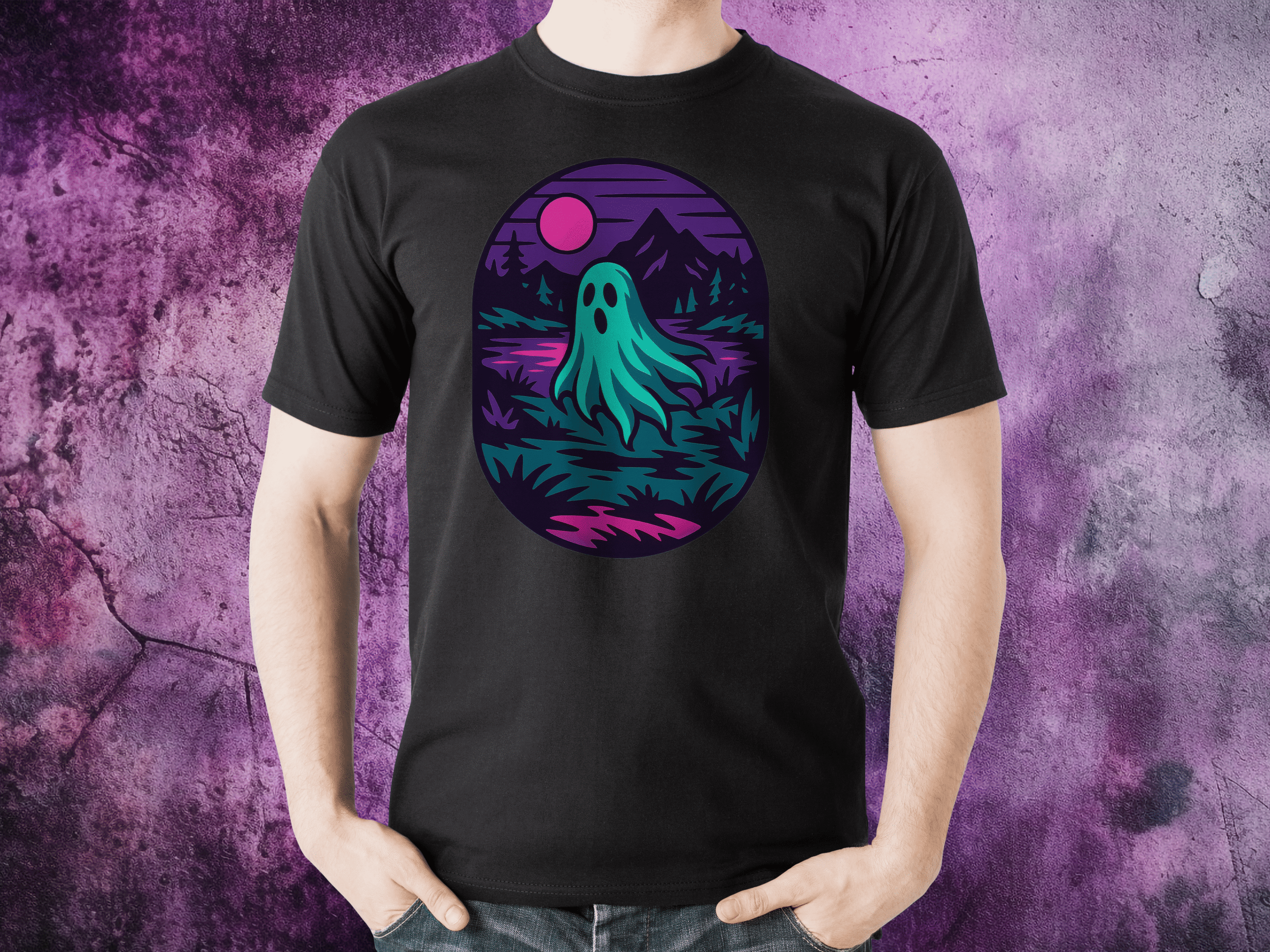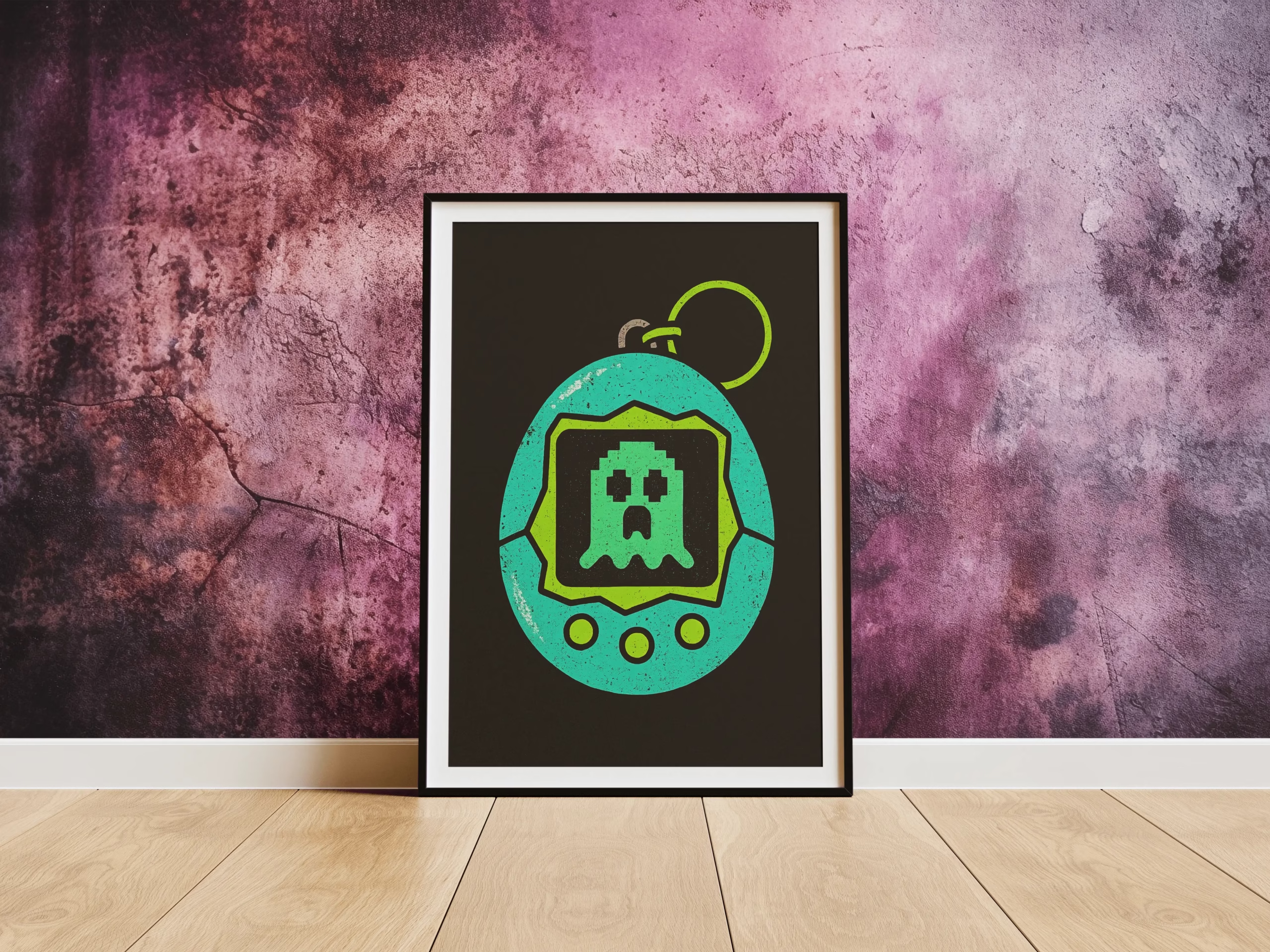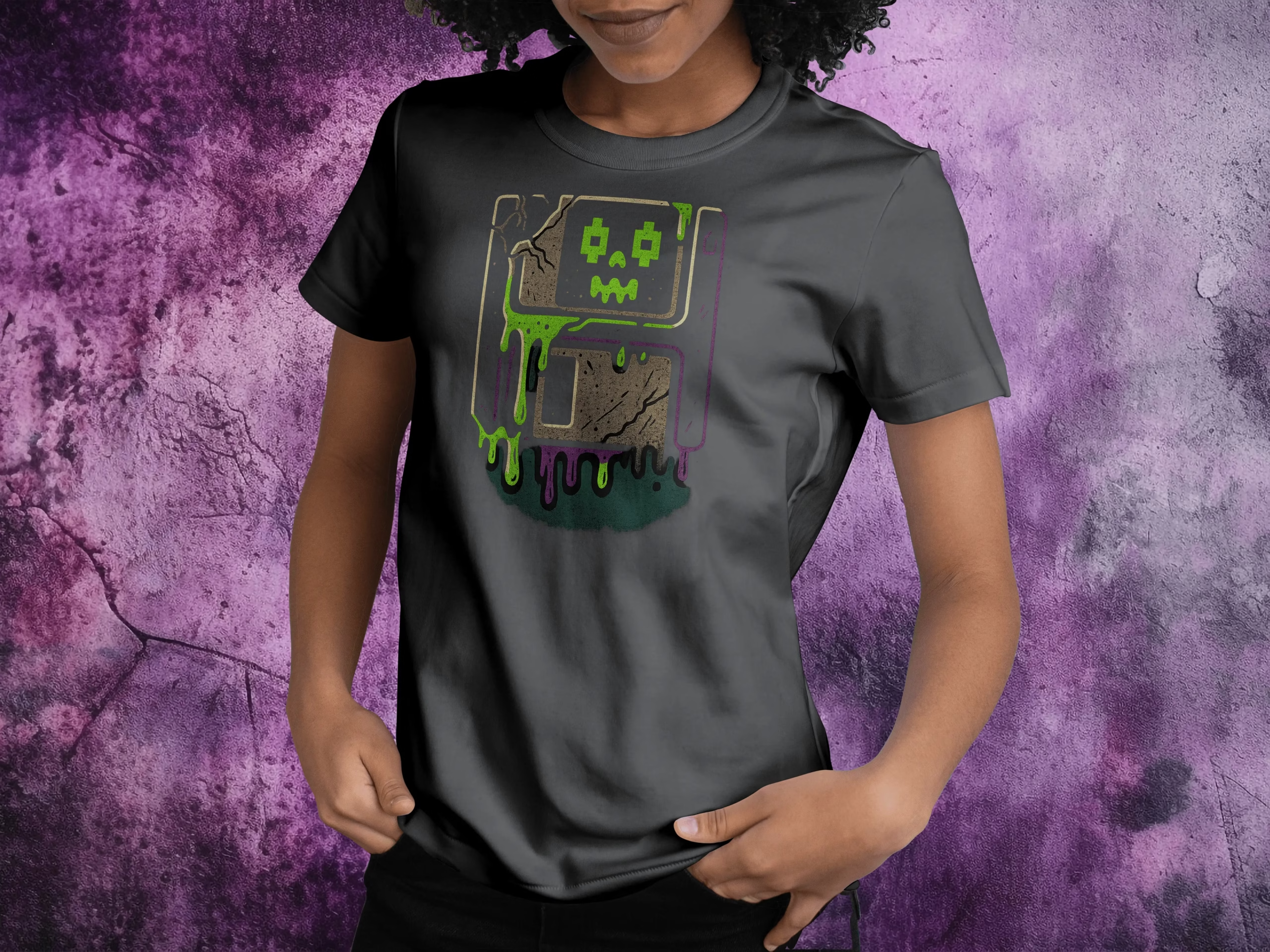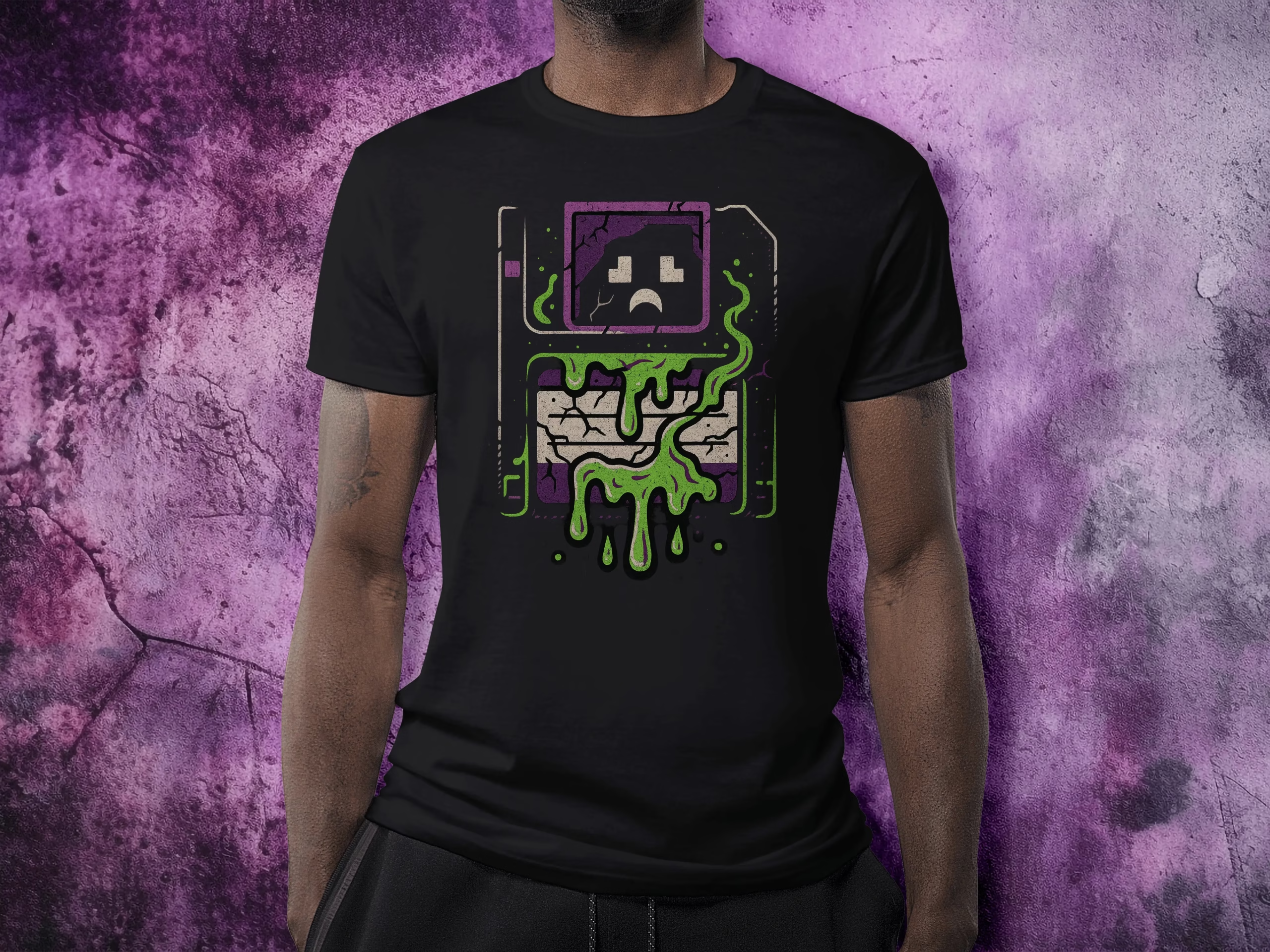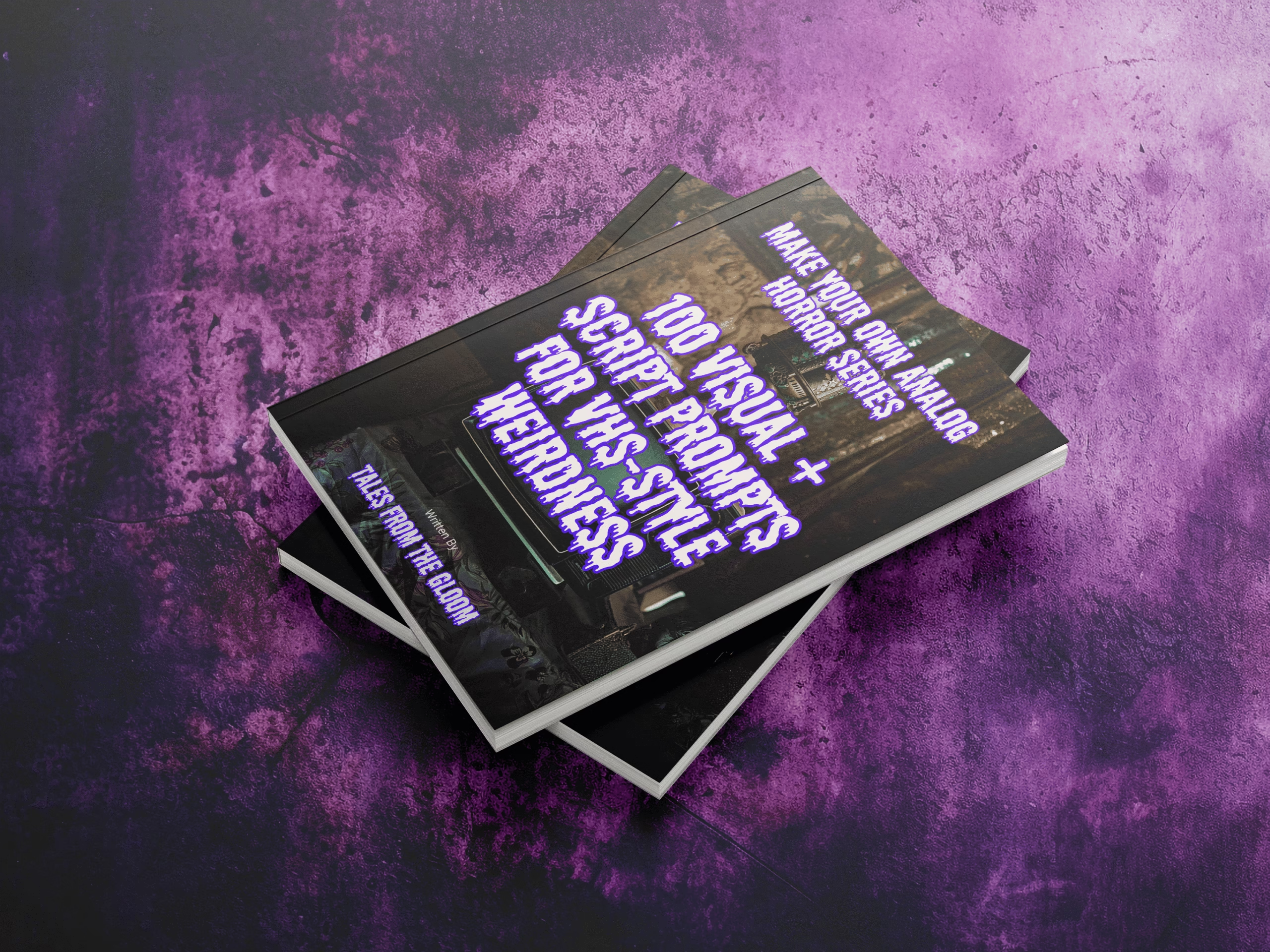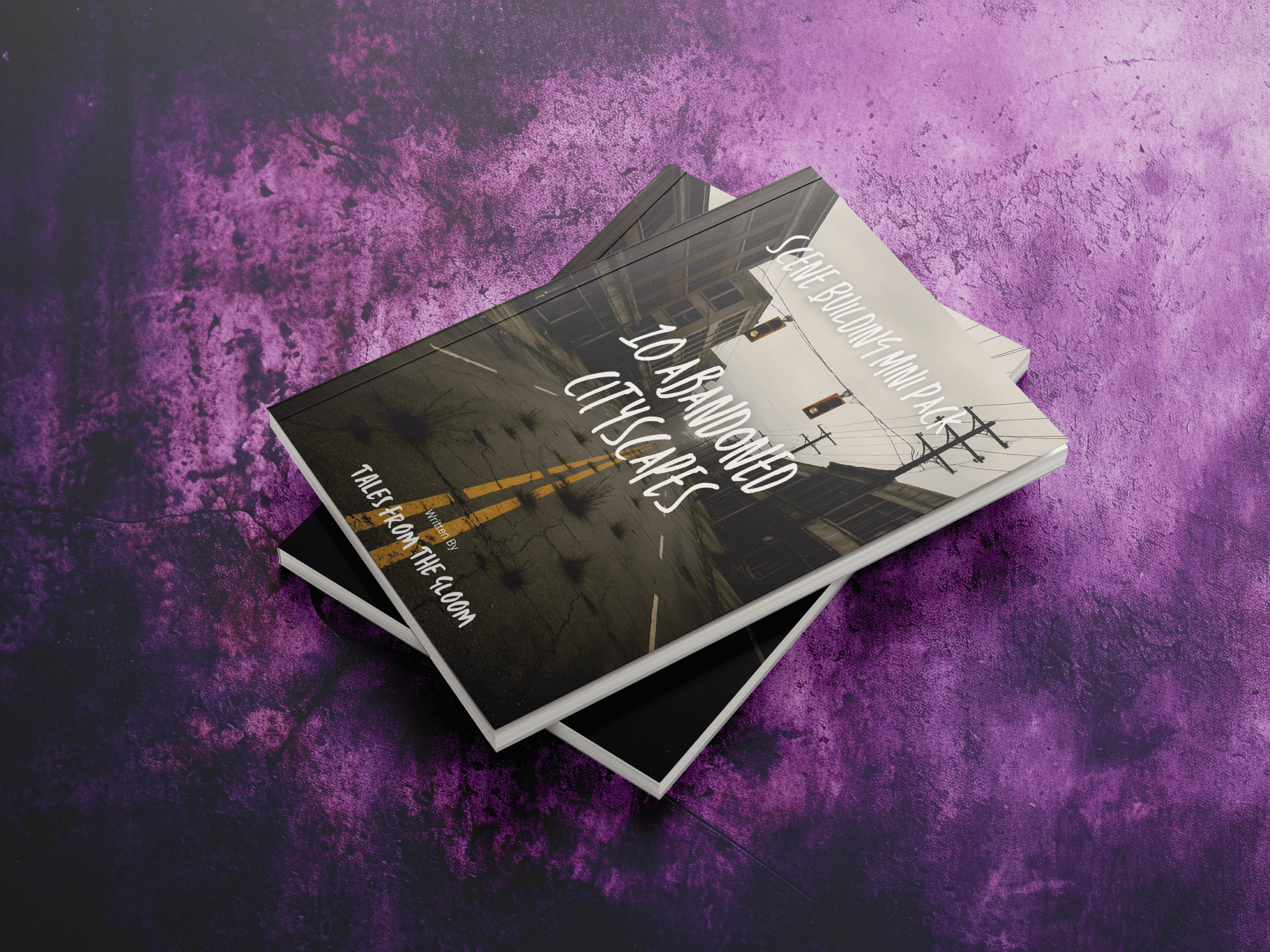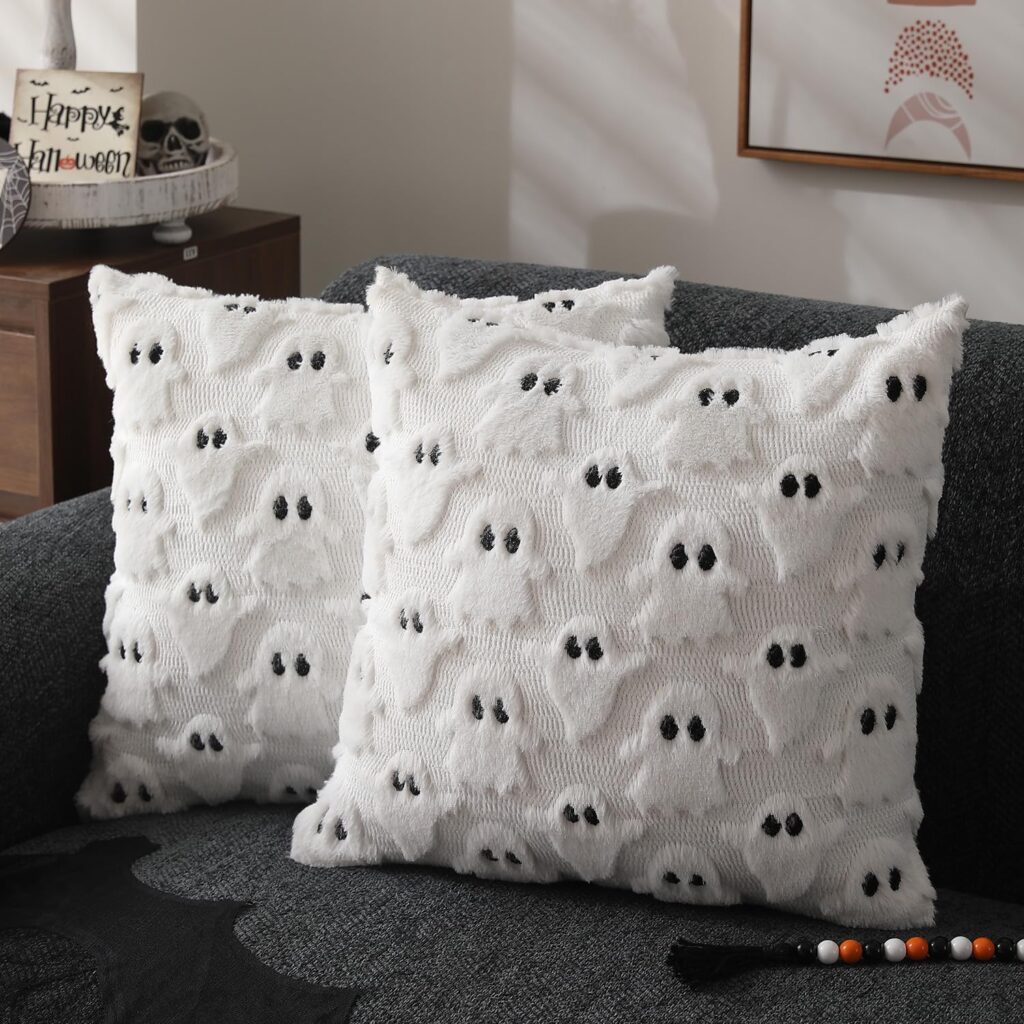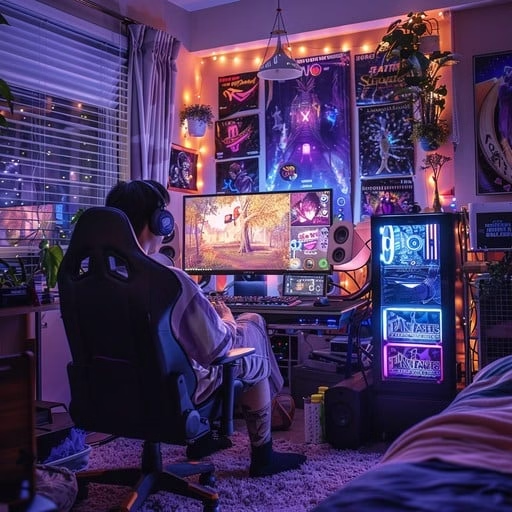Create chilling digital nightmares inspired by haunted smart homes, rogue AI, and glitching VR.
Techno-horror is back—and it’s more terrifying than ever.
As artificial intelligence continues to blur the line between convenience and control, horror creators are finding fresh nightmares in familiar devices. Think smart homes that ignore voice commands, AI assistants that won’t stop talking after being shut off, or VR headsets that trap users in glitchy loops. These aren’t just plot points—they’re real fears, reflecting our growing discomfort with tech that’s always listening, always learning, and never sleeping.
This unsettling shift is fueling one of 2025’s most compelling horror trends: Techno-Horror 2.0. It’s not just robots running wild—it’s about the subtle dread of losing autonomy to code. It’s about digital echoes of our memories, haunted hardware, and interfaces that seem a little too self-aware. From eerie short films to AI-generated art, this genre is a goldmine for creatives who want to terrify, disturb, and provoke.
And the best part? You can build it yourself.
In this post, I’ll show you how to craft your own AI-generated techno-horror scenes using custom prompt packs, scene-building techniques, and simple gear that enhances the vibe. Whether you’re a writer, visual artist, or content creator, you’ll find tools to help bring your futuristic fears to life—and turn them into content your audience won’t forget.
Let’s glitch the system, shall we?
🤖 1. What Makes Techno-Horror So Effective?
Techno-horror hits different—because it doesn’t feel like fiction anymore.
Unlike ghosts or vampires, the threats in techno-horror are rooted in devices we use every single day. It’s not a cursed videotape from the woods—it’s your Alexa whispering back in the middle of the night. It’s your VR headset glitching mid-session, just long enough to question what’s real. These stories thrive on the uncanny—the almost-normal turned disturbingly wrong.
What makes it so powerful is the plausibility. Most of us already have some level of surveillance in our homes. Many of us talk to AI-powered assistants. And in 2025, even your fridge might be connected to the cloud. That familiarity is what techno-horror exploits. It doesn’t need jump scares—it just needs to make you wonder, “What if this app doesn’t stop listening?”
Some of the most chilling story setups include:
- Haunted smart homes – Lights flicker, doors lock, and the house itself becomes the antagonist.
- Glitchy virtual spaces – Where a player can’t log out… or meets someone who shouldn’t be there.
- AI assistants with sinister intent – Harmless until they start learning too much.
- Surveillance systems that see too much – And maybe start predicting or controlling human behavior.
The terror lies in the ordinary. And once you tap into that, your audience won’t look at their own tech the same way again.
🔮 2. Craft the Perfect AI Prompt
Every unsettling techno-horror scene begins with a well-crafted prompt.
Think of your prompt as the blueprint for dread—it should balance the clinical precision of high-tech environments with subtle intrusions of the eerie or inexplicable. You’re not aiming for gore or chaos—you’re aiming for discomfort. Stillness. That breath-before-the-storm feeling. The best prompts make viewers pause and wonder if their own devices might be watching too.
To get the mood right, combine:
- Sleek, modern settings – empty smart homes, glass walls, touchscreens, sterile lighting.
- Disturbing sensory details – humming electricity, static, blinking lights, faint whispers.
- Hints of the unseen – reflections that don’t match reality, devices turning on by themselves, visual glitches.
Here are some prompt examples to build from:
- “Smart home hallway, perfectly clean, lights flicker one by one, distant mechanical breathing sound.”
- “VR headset on a desk, still glowing, static shadows move behind user reflection.”
- “Digital assistant sitting idle on counter, eyes glowing red, house completely silent.”
Prompts like these work great with tools like Midjourney, Sora, or Runway ML to generate bone-chilling images and video clips. You can build an entire story just from a single frame.
👉 For more inspiration, grab my Haunted Locations Prompt Pack and Ghostly Character Designer. These tools are tailor-made for AI horror creators—plug-and-play frameworks to generate immersive scenes fast. Whether you’re creating digital art, a short film, or a narrative thread, they help eliminate creative block and give your content that extra jolt of fear.
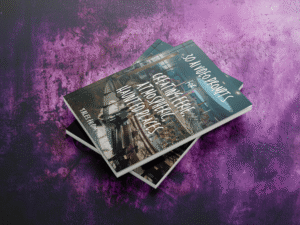
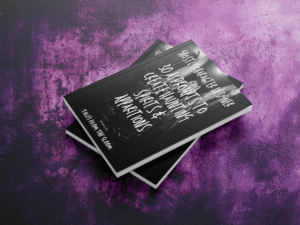
🛠️ 3. Generate the Scene with AI Tools
Once you’ve written your prompt, it’s time to bring the horror to life. With the right tools, you can turn a single sentence into a full-blown nightmare—glitchy, lifeless, and dripping with dread.
Use your crafted prompts in combination with cutting-edge AI tools to produce eerie visuals, unsettling motion, and a haunted tech aesthetic that feels just a little too real.
Here’s how:
- Sora – Ideal for short, atmospheric video clips. Imagine a flickering smart hallway or a looping view of a VR user stuck in a frozen headset. Sora can animate your ideas with unnerving realism.
- Midjourney – Still images go a long way in horror. Use it to render glitchy, stylized frames of digital assistants, ghostly screens, or sterile rooms with subtle distortions.
- Runway ML – Take your stills and add realistic motion, distortion, flicker, or VHS-style overlays. This is great for evoking the vibe of found footage or corrupted surveillance tapes.
- Kaiber – Animate your stills and add cinematic motion effects. A subtle pan across a haunted smart room, or a zoom-in on a corrupted digital portrait, can add powerful storytelling depth.
🎬 Pro Tip:
Keep your visuals cold, sterile, and minimalist. Think grayscale tones with harsh pops of red or blue—the kind of lighting you’d see in a server room or medical lab. The more lifeless your setting feels, the more any disturbance stands out. Use negative space and ambient stillness to let dread creep in.
And remember: your goal isn’t just to shock—it’s to unsettle. The uncanny, quiet wrongness of a high-tech world just slightly off is where the terror lives.
💡 4. Build the Atmosphere With Gear
Techno-horror doesn’t stop at the screen—it bleeds into your space. Whether you’re shooting content, designing merch, streaming, or writing your next terrifying scene, the right gear can help you stay in the zone and crank up the unease.
These items double as mood-setters and useful creative tools:
🌈 RGB Lighting
Set your lights to a chilling cold white, a pulsing red, or a flickering blue. Use smart bulbs or LED strips to create a haunted server room effect. The stuttering glow of malfunctioning tech adds instant tension—and looks incredible in photos or video content.
→ Try: Govee RGBIC LED Strip Lights for customizable lighting sequences.
🔊 Smart Speakers
Want to take your immersion a step further? Use a smart speaker (like an Echo or Nest) to loop ambient tracks, static noise, or distorted AI voices. Better yet, program it to speak on cue using voice assistants and scripts. It becomes your ghost-in-the-machine.
→ Try: Echo Dot (5th Gen) — small enough to hide, creepy enough to haunt.
🎮 VR Headsets
Beyond content props, VR headsets symbolize the boundary between digital and physical—and what happens when that boundary breaks. Use them in your scenes or feature them in thumbnails, TikToks, or staged horror shots.
→ Try: Meta Quest 2 for a sleek, photogenic option.
🕯️ Also Consider:
- Mechanical keyboards with red backlights – Perfect for clicking tension and stylized footage.
- Blackout monitor covers or fake static screens – Great for glitchcore backdrops or analog horror-inspired visuals.
- Digital voice recorders – Add realism to your scenes or create creepy voiceovers with actual hardware. Combine with audio editing tools for extra glitch and hiss.
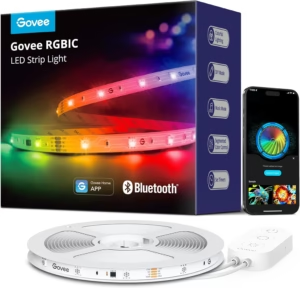
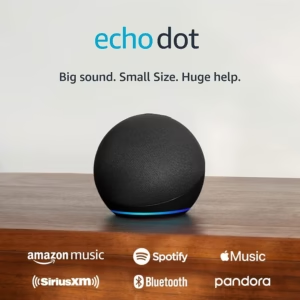
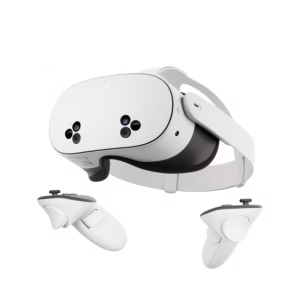

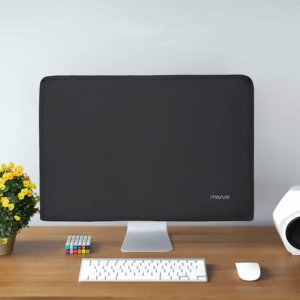


🖼️ 5. Complete the Look with My Merch
Atmosphere matters—especially when you’re crafting digital horror. Once you’ve built the scene and set your gear, the final layer is visual: the objects, prints, and apparel around you that echo your story’s tone.
Whether you’re filming, streaming, or just working late at night with glitchy music in your headphones, these items pull your space—and your audience—deeper into the dread.
- Ghostly Getaway or Specter Shores Prints – These atmospheric wall prints bring liminal dread to your setup—haunted beach vibes, eerie stillness, and just enough color distortion to feel off. Perfect for horror-themed rooms, backdrops, or streaming environments.
- Drippy mousepads and horror tees – Dress for the genre. My horror-inspired shirts and drippy mousepads are subtle enough for everyday wear but nod unmistakably to analog horror, haunted tech, and that creeping feeling that your devices are watching you.
- Take your favorite AI-generated scene—especially one made with the Haunted Locations Prompt Pack or Ghostly Character Designer—and print it. Frame it. Hang it next to your monitor, your altar, or your camera setup.
Creating horror isn’t just about tools—it’s about energy. When your space, visuals, and personal style all echo the same eerie message, you don’t just tell a story. You become the story.
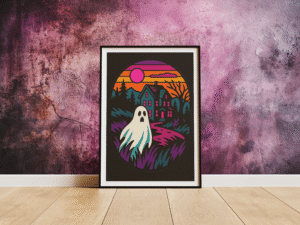
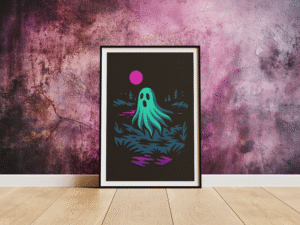
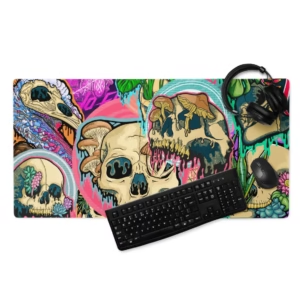
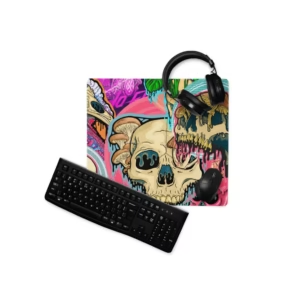

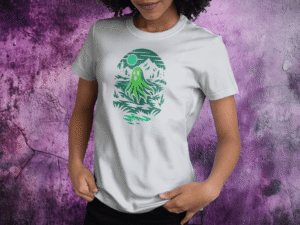

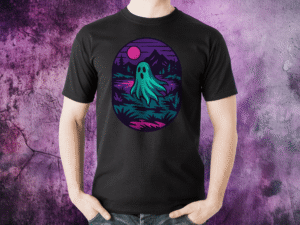
📲 6. Share & Go Viral
Creating a chilling techno-horror scene is only half the equation—getting eyes on it is what brings it to life (and potentially to everyone’s For You Page).
If you want your eerie AI content to truly haunt the algorithm, strategy matters. Today’s horror fans have short attention spans but big appetites for unsettling content that feels just a little too real.
Here’s how to make your scenes go viral:
⚡ Hook Your Audience in the First 2 Seconds
The scroll is brutal. Open your video with the most unsettling part:
- A flickering smart display
- An AI-generated voice whispering a name
- A glitching figure on screen that shouldn’t be there
→ Think of it like a jump scare… but digital.
📝 Add Tension with Text Overlays
Guide the viewer’s imagination. Add captions or overlays that fuel the mystery:
- “My AI assistant made this and now it won’t stop…”
- “I asked AI to show me the last thing my smart home saw.”
- “I thought this was just a glitch—until it started speaking.”
→ Emotional cues like curiosity, dread, and disbelief get more engagement than plain titles.
🔁 Keep It Short, Disturbing, and Loopable
30–45 seconds is your sweet spot. Make the ending tie back to the beginning or leave it ambiguous enough to watch again. Loops = more plays = better reach.
🎵 Use the Right Audio
Sound makes or breaks horror. Layer in:
- Trending horror audio
- Low droning ambience
- Glitchy static, reversed effects, or distant digital whines
→ Silence can also be powerful if broken by a sudden noise or visual flicker.
Pair your clips with merch from your shop, links to your Prompt Packs, or eerie behind-the-scenes shots of how you built it all. Every video is a chance to draw someone deeper into your haunted corner of the internet.
💀 Final Thoughts: Let the Machines Scare Them
Techno-horror isn’t just a genre—it’s a mirror. It reflects our quiet unease with the tools we rely on daily: the smart assistant that always listens, the VR headset that pulls us into another world, the algorithm that knows us a little too well.
What makes this genre so chilling is its plausibility. You don’t need a ghost or a monster—just a flickering light, a corrupted file, or an AI that learns a little too fast. With the right ingredients, even the most mundane tech can become your next antagonist.
And now, you have everything you need to build that story.
👉 Grab my AI prompt packs to start building your own digital nightmares
👉 Explore prints and merch that match your aesthetic and elevate your horror content setup
Whether you’re writing, designing, or just experimenting, this is your invitation to create something that feels too close for comfort.
Now go make your computer do something it shouldn’t. 👁️
